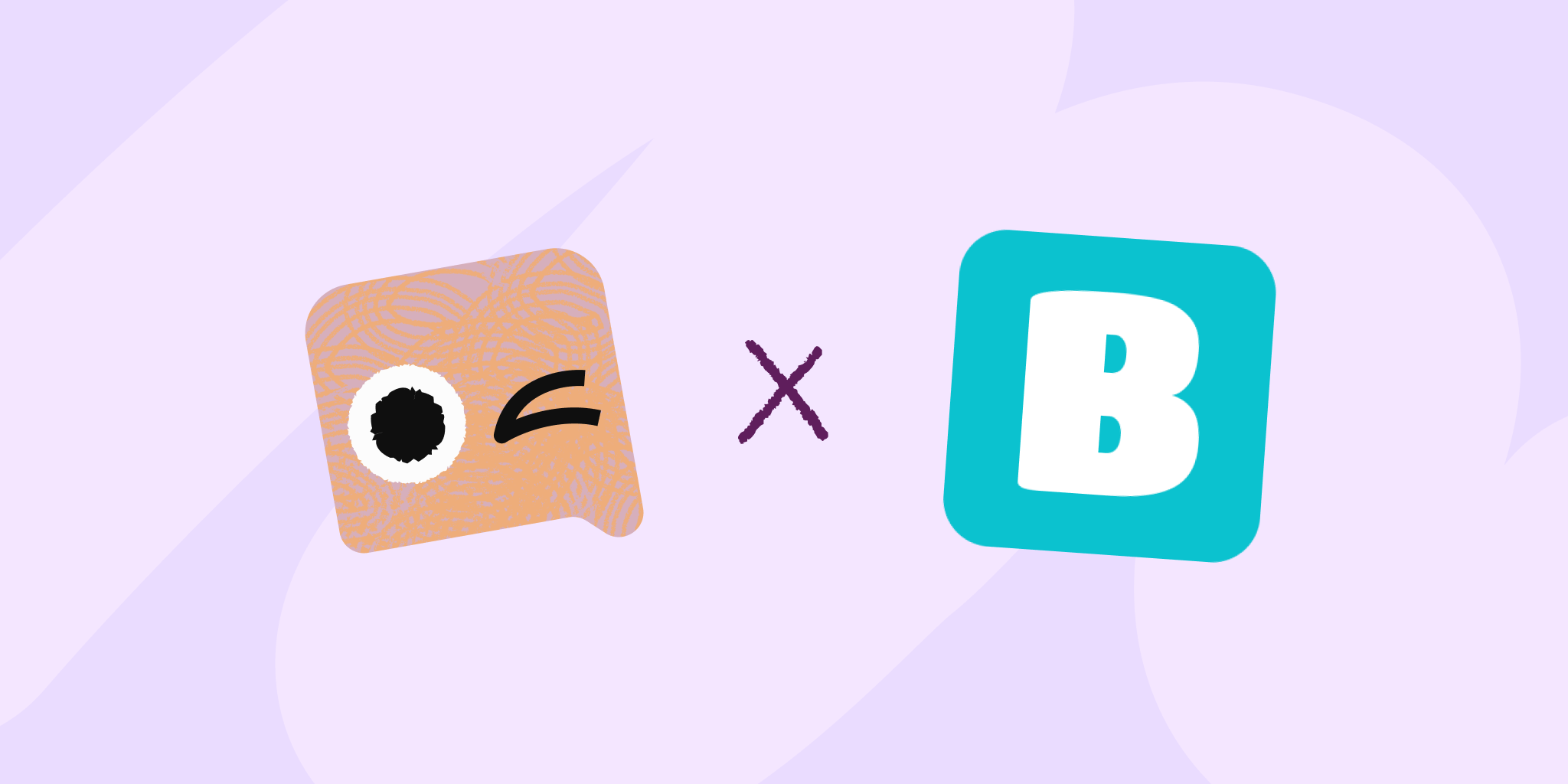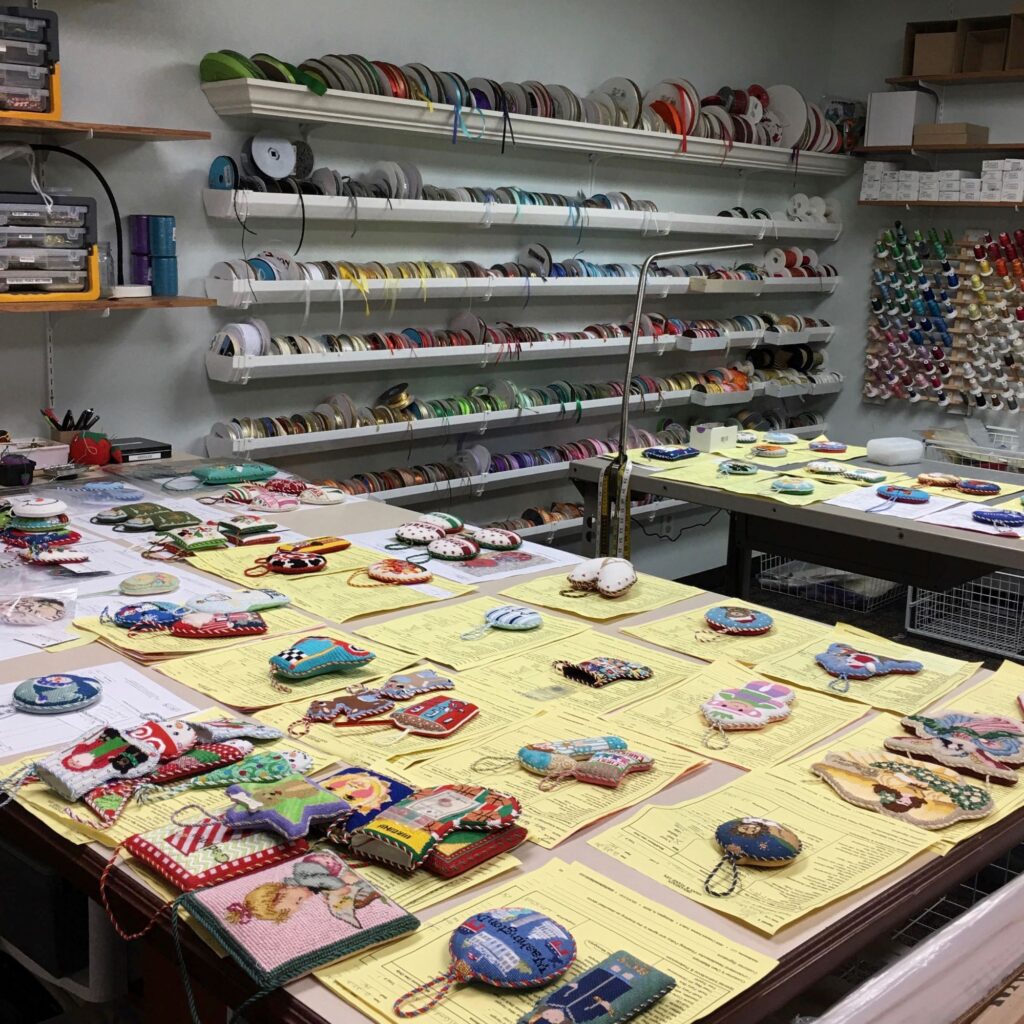Navigating state-level adoption of K-12 educational materials requires a deep understanding of evolving state standards, state politics, and the increasing demand for high-quality, adaptable instructional materials. The post Navigating the Challenges of State-Level Educational Materials Adoption appeared first on A Pass Educational Group LLC.
There are 19 states in the United States that currently require state-level adoption of K-12 educational materials, versus the local, district-level adoption of educational materials in the other states. The distinction between state-level and district-level adoption presents significant challenges for educational publishers and providers.
Navigating this landscape requires a deep understanding of evolving state standards, state politics, and the increasing demand for high-quality, adaptable instructional materials. These challenges impact not only educational content creation but also marketing strategies and long-term business planning.
5 Major Challenges of State-Level Adoption of K-12 Educational Content
1. Ever-Evolving State Standards
State educational standards are frequently revised, as educational research continues to progress and content decision-makers seek to improve student educational performance and outcomes.
States continually update their instructional standards to address academic performance gaps and incorporate new pedagogical approaches. These frequent revisions necessitate publishers and providers to invest time and resources in continually updating educational content materials.
Additionally, differing standards across states mean that a curriculum designed for one state may need small or large adjustments to meet another state’s requirements. This fragmented landscape requires publishers and providers to create multiple versions of the same content, complicating product development.
Publishers and providers must use standards crosswalking and gap analysis to best address this challenge. Standards crosswalking is the process by which we compare multiple frameworks, and each standard from one is matched to a standard from another, and so on. By doing this, publishers and providers can ensure compliance with all frameworks.
Once complete, a gap analysis must be done to address any standards that are not properly matched. This allows publishers and providers to see where their educational content might fall short of a particular state’s standards. Consequently, publishers and providers can provide supplements to fill the gap, allowing them to use mostly the same educational content for multiple states or districts.
2. Increased Demand for High-Quality, Adaptable, and Digital Content
Educators and districts are increasingly prioritizing high-quality instructional materials (HQIM), which often focus on collaboration and technology. Districts often seek HQIM that are adaptable, flexible, and scalable. The shift toward digital education resources has accelerated, especially following the COVID-19 pandemic, which highlighted the need for accessible, online learning tools. Publishers are now expected to provide materials that not only align with state standards but also support diverse learning needs, including those of multilingual learners and English language learners (ELLs).
For example, many states seek interactive, digital platforms that offer personalized learning experiences and real-time feedback. Publishers and providers must invest in developing innovative products, integrating features like adaptive assessments, gamification, and accessibility tools.
3. Demand for Culturally Responsible Educational Content
As the country, and therefore the classrooms, become more and more diverse, educational publishers and providers have more pressure than ever to produce material that reflects and respects students’ varied cultural, linguistic, and social backgrounds. States are increasingly evaluating educational material for representation and inclusivity to ensure that all students feel respected and valued in the classroom. This can include accurate portrayals of different races, ethnicities, genders, family structures, and abilities.
This requires publishers and providers to collaborate with more diverse authors and educators to ensure that content avoids stereotypes and biases. This requires extensive research, community engagement, and continuous revision.
4. Political Influences and Public Scrutiny
On a similar note, the state selection of education materials is also becoming increasingly politicized. In today’s interconnected world, many people have now become educational material influencers, including not only politicians, but also parent advocacy groups, media outlets, and even social media personalities and celebrities.
Publishers and providers must navigate these interconnected dynamics carefully to ensure their materials are acceptable to decision-makers (and decision-influences) and that their materials are educationally sound, all while also adhering to state standards.
Publishers must be careful to balance educational integrity with political sensitivities. This challenge requires ongoing monitoring of political climates and proactive engagement with stakeholders to anticipate and mitigate potential controversies.
5. Complex Review and Adoption Processes
State-level review and adoption processes are often complex and time-consuming, involving evaluation by educators, administrators, and policymakers. These processes vary widely between states, each with its own criteria, timelines, and approval procedures.
Publishers and providers must thoroughly understand each state’s unique process to successfully navigate the adoption landscape. This includes preparing comprehensive submissions, aligning materials with state standards, and providing evidence of the effectiveness of the educational content.
Staying informed about evolving adoption guidelines and maintaining compliance with state-specific requirements demands substantial resources and dedicated personnel.
Conclusion
The state-level educational materials adoption process presents various challenges for publishers and providers. From keeping up with constantly evolving state standards to meeting the growing demand for high-quality, culturally responsive content, publishers and providers must be strategic and deeply understanding of the diverse education needs of both the state and the student.

Andrew Pass
Founder and Visionary
The post Navigating the Challenges of State-Level Educational Materials Adoption appeared first on A Pass Educational Group LLC.










